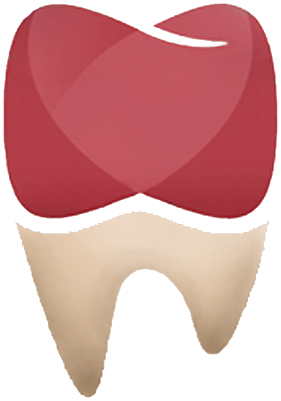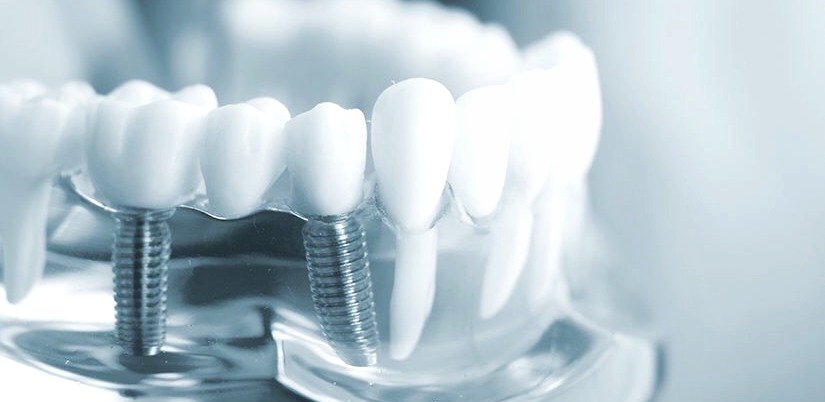
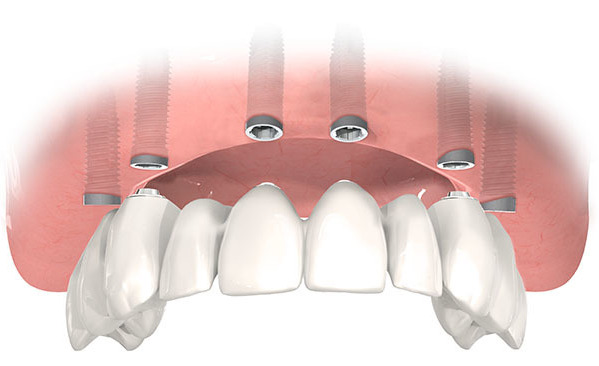
Single Tooth
A single dental implant can be used to replace the whole tooth, whether you’ve suffered trauma, decay or a fracture.
A dental implant is usually comprised of three parts; the implant fixture itself which is inserted directly into bone, the abutment connecting the implant to the crown, and the visible crown.
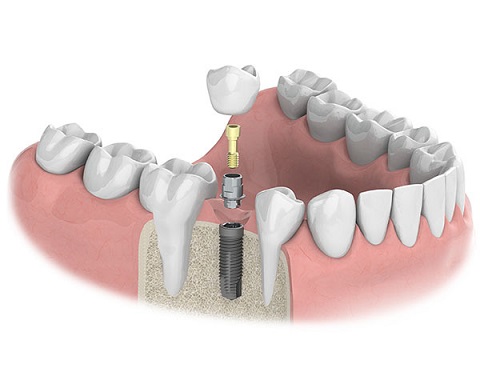

Several Teeth
Dental implants bridges are used to replace several teeth. They work by spanning the gap where teeth are missing.
Unlike the standard bridge, where some healthy teeth may be cut down and crowned in order to anchor the prostheses in place, a dental implant bridge is held in place by the implants that have been inserted directly into the jaw without compromising any existing healthy teeth.


All Teeth - Fixed
Losing all your teeth can considerably alter your appearance, your ability to eat normally and affect your general confidence. With a full, fixed restoration, it’s possible to recover both function and appearance. There are two types of full, fixed solutions:
1. Hybrid design/Fixed denture (All on 6)
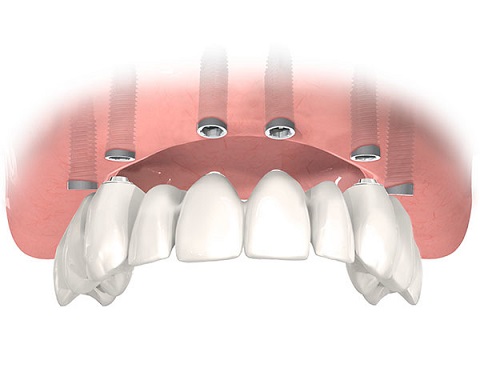
2. Fixed full arch implant bridge (All on 4)

Here’s how both solutions work:
• Implants are surgically placed in your jawbone, potentially altering or preventing further loss of bone and gum and rebuilding your natural face shape.
• Implants provide a solid foundation for affixing the denture or bridge, this added security restores your confidence to smile.
• The denture or bridge is fixed into place with screws, giving your new teeth a more permanent and natural feel.
1. Hybrid design/Fixed denture (All on 6)

2. Fixed full arch implant bridge (All on 4)

Here’s how both solutions work:
• Implants are surgically placed in your jawbone, potentially altering or preventing further loss of bone and gum and rebuilding your natural face shape.
• Implants provide a solid foundation for affixing the denture or bridge, this added security restores your confidence to smile.
• The denture or bridge is fixed into place with screws, giving your new teeth a more permanent and natural feel.
All Teeth - Removable
Anchored onto dental implants that hold it in place, a removable overdenture replaces all your teeth and feels totally secure in your mouth.
Unlike standard dentures, dentures secured by implants won’t move while chewing or laughing therefore the discomfort associated with loose or ill-fitting dentures is removed. This option enables you to remove and clean the dentures yourself.
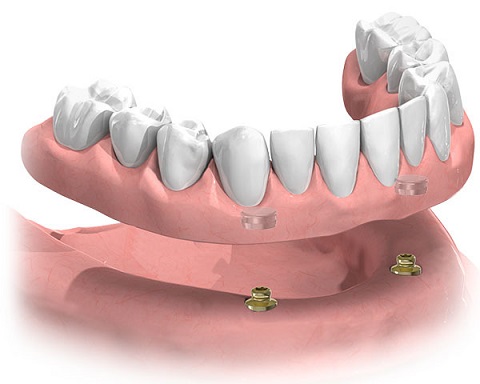

Additional Treatment Options
Some cases require additional treatments to replace missing bone.
Before dental implants can be placed, the bone under the gum must be tall and wide enough. If it’s not, it can be regenerated to accommodate an implant.
Regeneration can be achieved in several ways. Depending on the type, location and number of implants required, your dentist will decide on the best treatment for you.
Additional treatments will increase treatment time. For major regeneration treatments, additional treatment time of several months may be required.
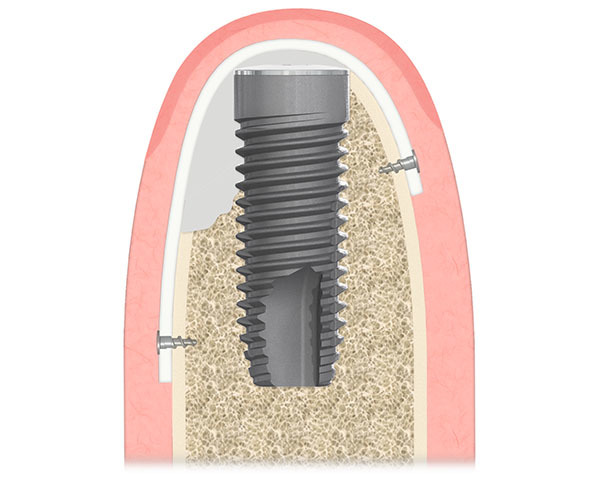
Before dental implants can be placed, the bone under the gum must be tall and wide enough. If it’s not, it can be regenerated to accommodate an implant.
Regeneration can be achieved in several ways. Depending on the type, location and number of implants required, your dentist will decide on the best treatment for you.
Additional treatments will increase treatment time. For major regeneration treatments, additional treatment time of several months may be required.

Bone grafting
This involves adding bone or bonelike materials to your jaw to regenerate it. Your own bone can be used and this is often a good solution, but other graft options are available.
Membranes
Surgically placed, sterile membranes create a space between the bone and gum where new bone can grow. This makes it possible for your own bone to form with or without the addition of bone substitutes.
Procedure
There are four steps involved when restoring a smile with dental implants. We’ve outlined what happens at each stage. Depending on your case, some details may vary.
Diagnosis and treatment planning
This stage is about deciding on the best treatment plan for you. A consultation with an Implantologist, covering your individual case, medical history and X-rays or scans, will provide a suitable solution.
Implant surgery
At this stage, your dental implant – the titanium root – will be surgically placed into your jawbone. In most cases, the implant surgery is a minor procedure. It’s most commonly carried out under local anesthesia.
Healing
After surgery, the implant needs time to integrate with your jawbone. How long this takes varies from case to case. For some this healing period can take six weeks, for others it’s six months. During the healing phase, a temporary tooth, denture or bridge can be put in place.
Final restoration
This is when the final abutment and restoration are connected to your dental implant.
